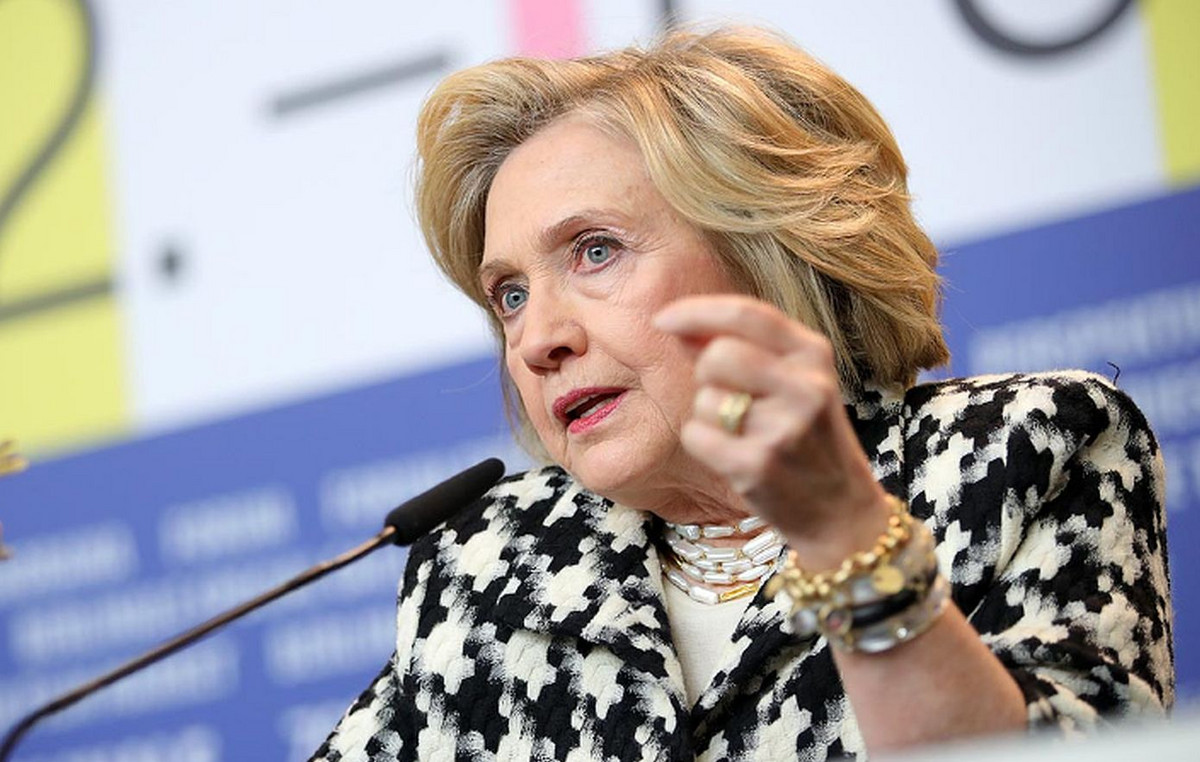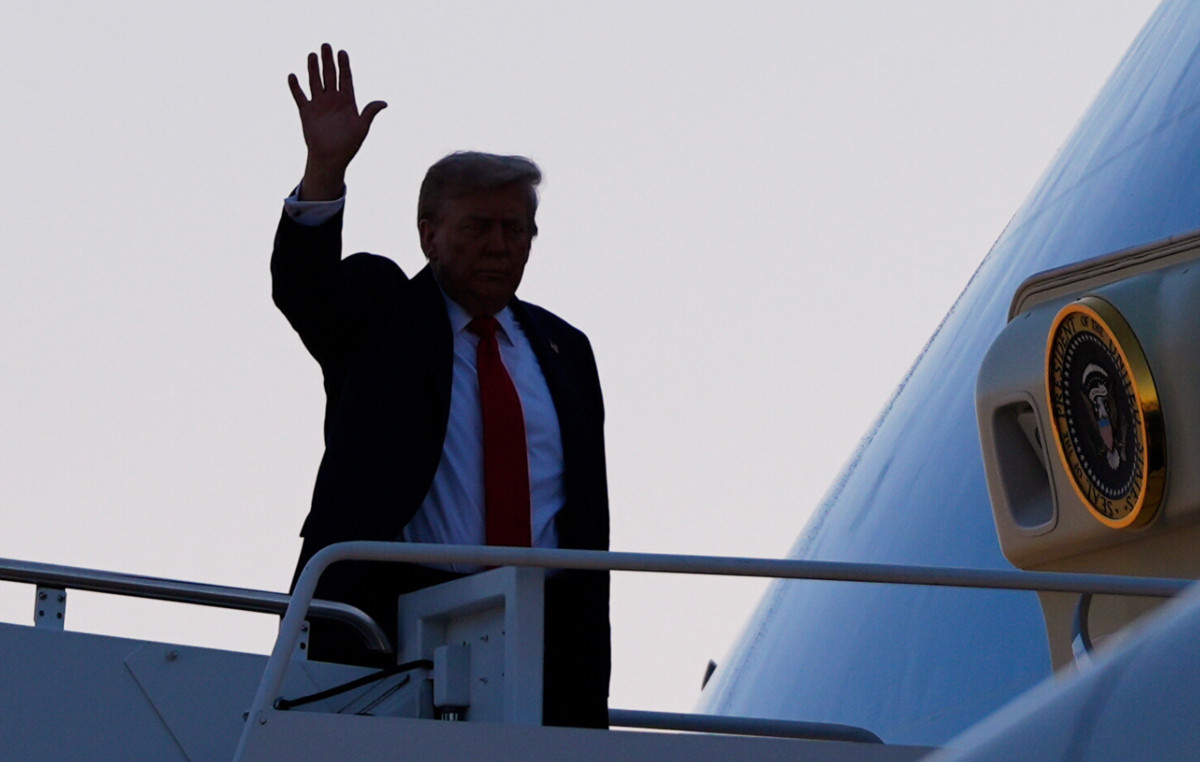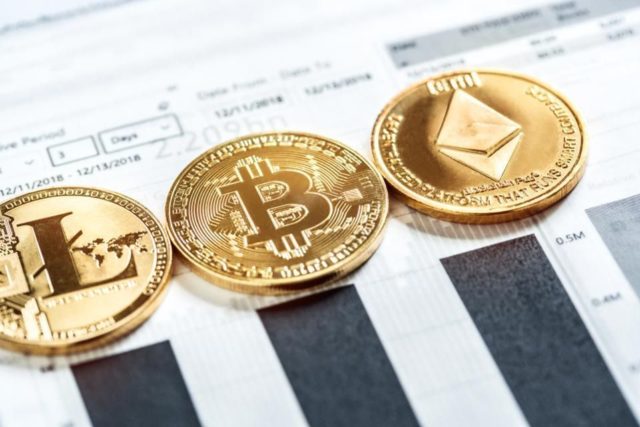- The Dollar adds its third consecutive day of gains in its recovery attempt.
- Investors will be awaiting the clues and guidance from Fed Chairman Powell.
- The Dollar Index remains in the 105 area, with even more room to recover from last week’s decline.
He US dollar (USD) is starting to recover, but it seems to be for all the wrong reasons. As earnings season draws to a close, traders are beginning to paint a big picture of the US, and ergo, the global economy. The disappointment of several large companies and the recent increase in profits of large discount retailers reveal that the current high rate environment is taking a toll on citizens’ pockets and that the US is more at risk than ever of falling into recession along with the rest of the world.
Regarding economic data, traders will be attentive to the statements of the president of the US Federal Reserve, Jerome Powell, this Wednesday. More Fed officials will speak later Wednesday, potentially providing a clearer picture of the concerns the Fed has right now and whether a recession is part of them.
Daily summary: The Dollar, in the hands of the Fed
- At around 12:00 GMT, the Mortgage Bankers Association (MBA) will publish the weekly mortgage application index. The previous index was -2.1%.
- US Federal Reserve Chairman Jerome Powell will speak at 14:15 GMT.
- US wholesale inventories will be released around 15:00 GMT. The previous figure was 0%, and 0% is expected.
- Around 18:00 GMT, the US Treasury will try to distribute a 10-year bond in the markets.
- Two Fed speakers are expected at the end of the US session with John Williams of the New York Fed at 18:40 GMT and Philip Jefferson of the Fed Board of Governors at 21:45 GMT.
- Asian stocks are trading lower, although less severe. Europe and the US are not doing any better. The red ink is the result of better-than-expected profits from the top three US discount retailers, meaning American consumers are looking for cheap alternatives rather than paying full price for goods and services.
- CME Group’s FedWatch tool shows that markets are pricing in a 90.4% chance that the Federal Reserve will keep interest rates unchanged at its December meeting.
- The benchmark 10-year US Treasury yield is trading at 4.59%, a bit calmer after last week’s volatility.
Technical analysis of the Dollar Index: The Dollar is boosted by the Fed this Wednesday
The US dollar is back in fashion as an alternative and safe haven as investors wonder if the world is heading – or already in – a recession. Underpinning this thesis comes as this week’s US earnings revealed that discount retailers have seen increased productivity and profits in their latest quarter. The American consumer is feeling the pain of high rates, which means something will soon break in the economy.
The DXY is looking for support near 105.00, and has been able to bounce above it. Any unexpected development in global markets could trigger a sudden reversal and favor safe-haven flows into the US Dollar. A bounce first to 105.85, a key level since March 2023, would make sense. A break above could mean a revisit to the vicinity of 107.00 and the recent highs recorded there.
To the downside, 105.10 continues to act as a line in the sand. Once the DXY returns below, a large air pocket will open with only 104.00 as the first major level where the 100-day SMA can provide some support. Just below, near 103.50, the 200-day SMA should provide similar support.
US Dollar FAQ
What is the US Dollar?
The United States Dollar (USD) is the official currency of the United States of America, and the “de facto” currency of a significant number of other countries where it is in circulation alongside local banknotes. According to 2022 data, it is the most traded currency in the world, with more than 88% of all global currency exchange operations, equivalent to an average of $6.6 trillion in daily transactions.
After World War II, the USD took over from the Pound Sterling as the world’s reserve currency. For most of its history, the US dollar was backed by gold, until the Bretton Woods Agreement of 1971.
How do the decisions of the Federal Reserve affect the Dollar?
The single most important factor influencing the value of the US dollar is monetary policy, which is determined by the Federal Reserve (Fed). The Fed has two mandates: achieve price stability (control inflation) and promote full employment. Your main tool to achieve these two objectives is to adjust interest rates.
When prices rise too quickly and inflation exceeds the 2% target set by the Fed, it raises rates, which favors the price of the Dollar. When Inflation falls below 2% or the unemployment rate is too high, the Fed can lower interest rates, which weighs on the Dollar.
What is Quantitative Easing and how does it influence the Dollar?
In extreme situations, the Federal Reserve can also print more dollars and enact quantitative easing (QE). QE is the process by which the Fed substantially increases the flow of credit into a clogged financial system.
This is an unconventional policy measure used when credit has dried up because banks do not lend to each other (for fear of counterparty default). It is a last resort when a simple lowering of interest rates is unlikely to achieve the necessary result. It was the Fed’s weapon of choice to combat the credit crunch that occurred during the Great Financial Crisis of 2008. It involves the Fed printing more dollars and using them to buy US government bonds, primarily from financial institutions. QE usually leads to a weakening of the US Dollar.
What is quantitative tightening and how does it influence the US dollar?
Quantitative tightening (QT) is the reverse process by which the Federal Reserve stops purchasing bonds from financial institutions and does not reinvest the principal of maturing securities into new purchases. It is usually positive for the US dollar.
Source: Fx Street
I am Joshua Winder, a senior-level journalist and editor at World Stock Market. I specialize in covering news related to the stock market and economic trends. With more than 8 years of experience in this field, I have become an expert in financial reporting.







